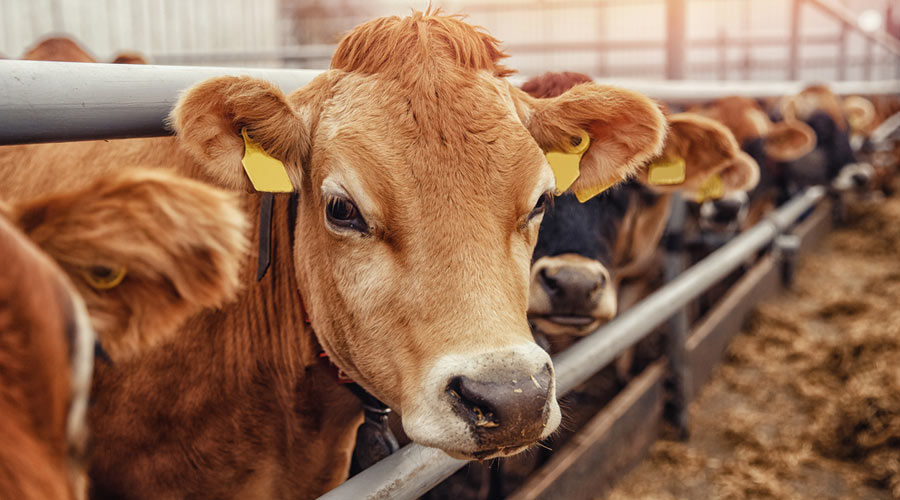I am no beef/buff eater, although I do partake of Beefeater gin occasionally. Also, I believe that Indian citizens should be free to eat the meat of any animal that can be bred. The three industries — dairy, leather, and buff meat — dependent on bovine (cattle and buffalo) livestock employ 14 million Indians. India is the largest producer of milk and milk products, accounting for 15-20% of the world’s production. From a milk-deficient country in the 1960s, India has come a long way to be where it is today. India ranks amongst the top five leather and leather-goods-producing countries and most of the raw material is bovine hide. India has been amongst the top 3-4 beef-exporting countries, accounting for 10-15% of the world’s beef consumption. As per current regulations, the only bovine meat that is allowed for export is buffalo meat.
In India, we have been hung up on cattle for long. The Constituent Assembly found it expedient to include it in the Directive Principles. Some states have enacted laws to make cow slaughter a punishable offence. In the last few years, new terms like gau-raksha have entered the public discourse.
But how are the three industries doing, given this legal framework, the political rhetoric, and the extra-judicial vigilantism?
The livestock census takes place every five years. From the data (department of animal husbandry, dairying & fisheries), we find that the total bovine population has increased from 198 million in 1951 to 302 million in 2019. In the same period, cattle numbers have moved from 155 million to 193 million, while buffalo numbers have risen from 43 million to 110 million.
The cattle to buffalo ratio has moved south, from 3.58 in 1951 to 1.75 in 2019. This ratio is declining steadily, not because of cow slaughter but because it makes less economic sense to breed cows than buffaloes. Milk yield is way higher for buffaloes and there exists an exit route at the end of an economically useful life. For cows, the only exit route is abandonment on the roads.
One would think that with stricter laws and vigilantism, the bovine numbers would go up substantively. But the numbers rose marginally from 300 million to 302 million between 2012-2019.
Neither the Constitution nor state-enacted laws proscribe buffalo slaughter for the leather industry. The vicious air of lynching has led to the closure of even licensed abattoirs, thereby shrinking the supply chain for the leather industry. For the first time since 1947, India had to import hides to keep its shoe-uppers and leather factories going.
Apparently, the dairy industry is not affected by the shenanigans of bovine politics but two caveats are necessary. First, the white revolution in India is primarily a buffalo-led success story. Second, abandoned cattle in gaushalas are eating into the resource pie that should be used for milch and draught cattle.
So, two of the three labour-intensive industries and their workers dependent on bovine livestock are facing a bleak future. The government’s aspirations for these export-oriented industries and the policy pronouncements/interventions are contrary and counteractive. While the government wants these industries to grow to ease the balance of payment situation, its political compulsions force it to overlook the extra-judicial vigilantism that has created a distrustful and dysfunctional society.
Article 48 of the Constitution is purposed for the welfare of the Bos indicus (Indian cow/cattle). The Constituent Assembly saw merit in separating economy from religion and, accordingly, excluded bovine animals other than the Bos indicus from the non-slaughter list. But the government has effectually left the implementation of this policy/law in the hands of gaurakshaks who choose not to make a distinction between cattle and buffalo products. This ostrich-like head-in-sand attitude of the government has led to a paralysis in the bovine economy.
Bluffing about beef/buff is more politically rewarding than implementing Article 48 in earnest. Sadly, it is devastating economy and society.
Dev Baul is a blogger and writer; devbaul.blog@gmail.com










